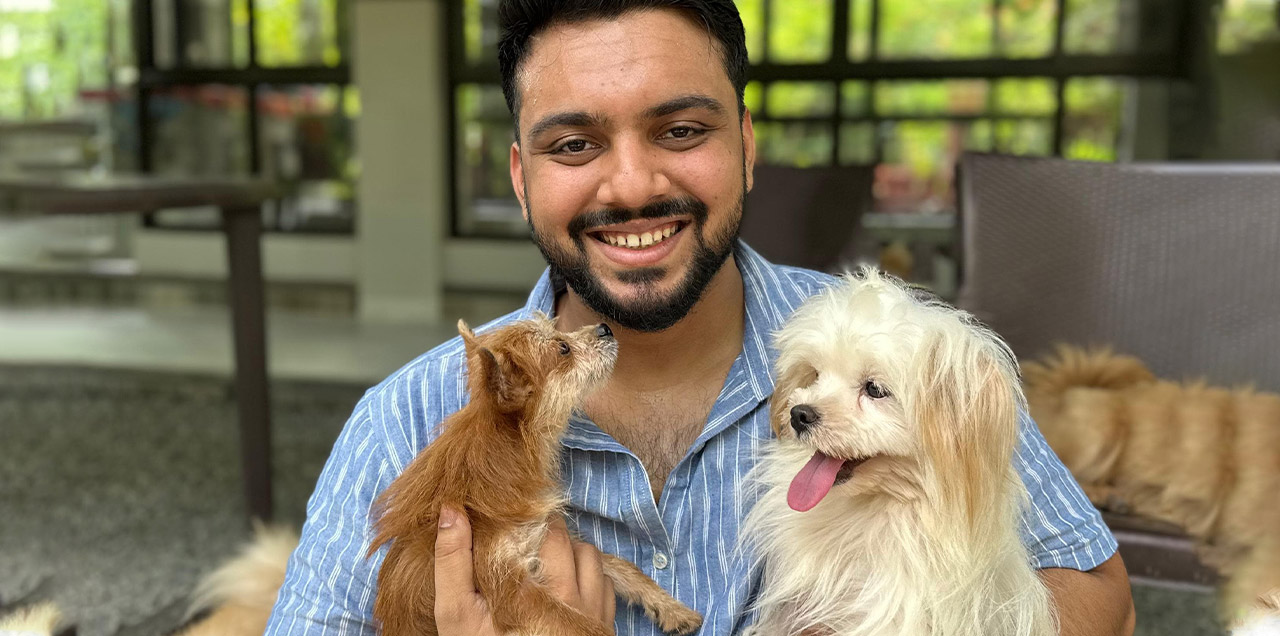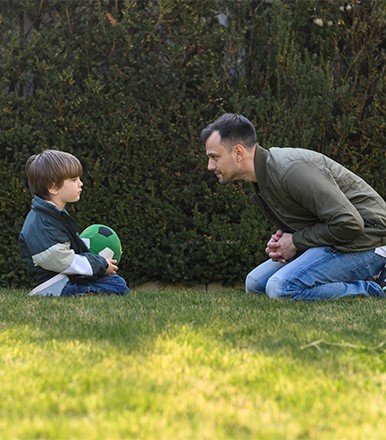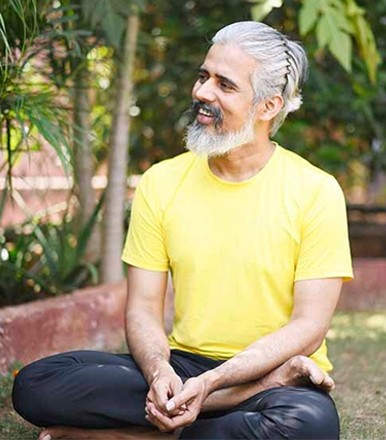Dogs are all around us. They are loyal friends in our homes, guardians on the streets, and playful faces in every park and playground. Yet, there is a surprising gap in our understanding of their behaviour. This lack of knowledge often leads to fear, frustration, and even danger for dogs and people around them.
Hence, when HFM got an opportunity to decode “aggression in dogs,” we took it with both hands. Recently, we talked with Aakash Shukla, a dog behaviourist, to understand dog psychology, especially the aggressive behaviours of our furry buddies.
This article aims to equip pet parents and dog lovers with tools to recognise the signs and understand the whys behind the growls and barks of your friendly neighbourhood canine.
Understanding Aggression in Dogs
“Why is the dog being aggressive?” is the most basic yet important question that comes to mind when we see a dog snapping and growling. Before understanding the why, we must understand what aggression is in dogs. Is it any different from that of humans?
In Aakash’s words, aggression is an “outburst of negative energy, violent rage at times that comes out in a hostile manner.” Like any other living being, aggression is an “outcome of something underlying.” This means that something affects the dog’s psychology, which is reflected in their behaviour.
Categories of aggression
Further discussing this behaviour, he categorises it into four types. Growling and lunging are typically warning behaviours, indicating discomfort or threat. Snap and release suggest a readiness to escalate if the threat persists, signalling heightened distress or fear. Bite and release with a puncture show active defence, while the most severe form, lock and tear, involves significant injury and indicates extreme distress.
Understanding this behaviour is crucial for pet parents and those involved with pets. It’s not about being worried but about being vigilant. One can prevent severe injuries by looking for the right signs in a dog.
Aakash further advises watching for signs of boredom, insecurity, restlessness, and frustration in dogs. These might be major indications that dogs might manifest aggression later. According to Aakash, the significant signs might not be too obvious. Your dog can be lying in a corner doing nothing. He might seem to be doing fine on his own, but once his space is invaded, he might react aggressively. Furthermore, the manifestation of aggression can be evident in your dog’s frustration and anxiety.
Subtle body language cues
Hence, to understand your dog better, you must also be on the lookout for subtle and sometimes obvious body language cues.
The first and most common yet subtle cue is a sniffing dog. Often, people think of it as a friendly gesture, such as when a dog sniffs a new person with its tail wagging. Aakash says, “A lot of times people misunderstand wagging as something friendly,” but they fail to see the dog’s stiff body and erect ears, which is a sign that he is alert. At this point, “if you try to touch the dog, he might snap as there is a huge lack of trust and respect and the tensed body language tells us that and erect ears and tail high tells us that the dog is also confident enough to attack if it feels threatened.”
However, a clear body language cue is a fearful dog with its tail tucked. The dog will bark in this scenario, and one should think twice before approaching it. Another signal that follows is a fleeting dog, which runs away whenever it feels fearful, agitated, or insecure. And one common sign we all miss is overexcitement. It's a thing we all let go of as happiness, but it's a flow of energy that, if not calmed down, can lead to frustration if the human manhandles the dog and can lead a dog to react out of frustration.
How to prevent aggression in dogs?
Before we discuss the prevention of aggression, it is vital to assess what is causing aggression in dogs. Aakash very nicely mentions that “layers of aggressions need to be peeled off, and the top layer is the symptom,” which helps us understand what our dog is precisely doing. This is followed by finding the source of the aggression.
Once the first two steps are done right, one can identify “whether the dog is insecure, nervous, fearful, dominant, anxious, or a mix-blend of all of this.” Further, the dog must be put into a particular situation to provoke a reaction, which will further help assess and understand the behaviour and temperament. (this is in the case of rescues when you need to do a temperament assessment to place the dog for adoption with the right information; should be done by a professional only)
Three major factors influence a dog’s aggressive behaviour. One needs to work on them to prevent the behaviour from recurring.
1. Dog’s history: first, we must understand that “dogs don’t have episodic memory; they have associative memory, meaning they don’t remember the incident but the associated experience.” Therefore, when working with dogs, one needs to remember that they are present-oriented, and changing the association can also change the behaviour.
2. Socialisation and Unclear Communication: Pet parents’ biggest mistake is “letting their dogs have meet-and-greets with dogs and humans.” They often don’t understand the other dog’s body language, so their dog gets overwhelmed by the other dog. In such a situation, a sense of hostility is established within the dog that was dominated, later resulting in aggression, thinking nobody is there to protect their space.
Hence, socialisation needs to be done carefully. Before socialisation, “you need to know basic skills and communication through body language and leash, so you expose your dogs to different environments and surroundings, but making them understand it’s not just about meeting, greeting, and playing.” Instead, it is also about ignoring, neutralising, and being calm around them so your dog doesn’t have negative experiences and associations.
3. Breed predisposition: there’s no denying that different breeds have different requirements. And genetics plays a role in a dog's personality. For example, “Bully dogs have a strong drive that keeps them fixated, can lock them on target, and have strong jaw strength. But the breed doesn't determine whether a dog is aggressive or not; it's the nurturing that takes place and the environment the dog is put into.” If these dogs don’t get the proper energy outlet or firm boundaries with exemplary leadership, they will become frustrated and act aggressively. But this is also the case of a high-drive labrador or a beagle, so more than the breed, it's also the dog's individual drive and requirements.
Advice for Pet Parents
For Aakash, it has always been about three things: “Communication and fulfilment, de-sensitisation, and socialisation; when done correctly, your dog won’t have any issues.” Hence, he believes that other than neurological problems, any behavioural issue can be treated through proper pet parenting, given that the parents know Communication properly, have a fair idea of their dog’s body language and leash guidance and navigate the space correctly. He leaves us with the message that “nurture can always overpower nature.”
Aakash Shukla is a Dog Behaviorist who founded Dog Mantra in 2020. With over 13 years of experience in Dog Psychology, Aakash specialises in behaviour modification, socialisation sessions, professional workshops and awareness sessions. His work with various NGOs and as an Indie Expert has benefited thousands of dogs and pet parents nationally and internationally.
Recognised by the International Association of Canine Professionals (IACP), USA, he also conducts Bite Prevention & Healthy Interactions with Dogs seminars in schools and communities. He aims to promote relationship-based pet parenting, safety around dogs, and harmonious coexistence.
Check out Hello Fitness Magazine. There is never a wrong time to go on a fitness quest. Contact us and allow us to assist you in leading a better lifestyle. Follow us on Instagram. We share the best Health & Fitness related Articles for information based on healthy eating, health and fitness recommendations, health problems and their solutions, human body fitness, and much more.














